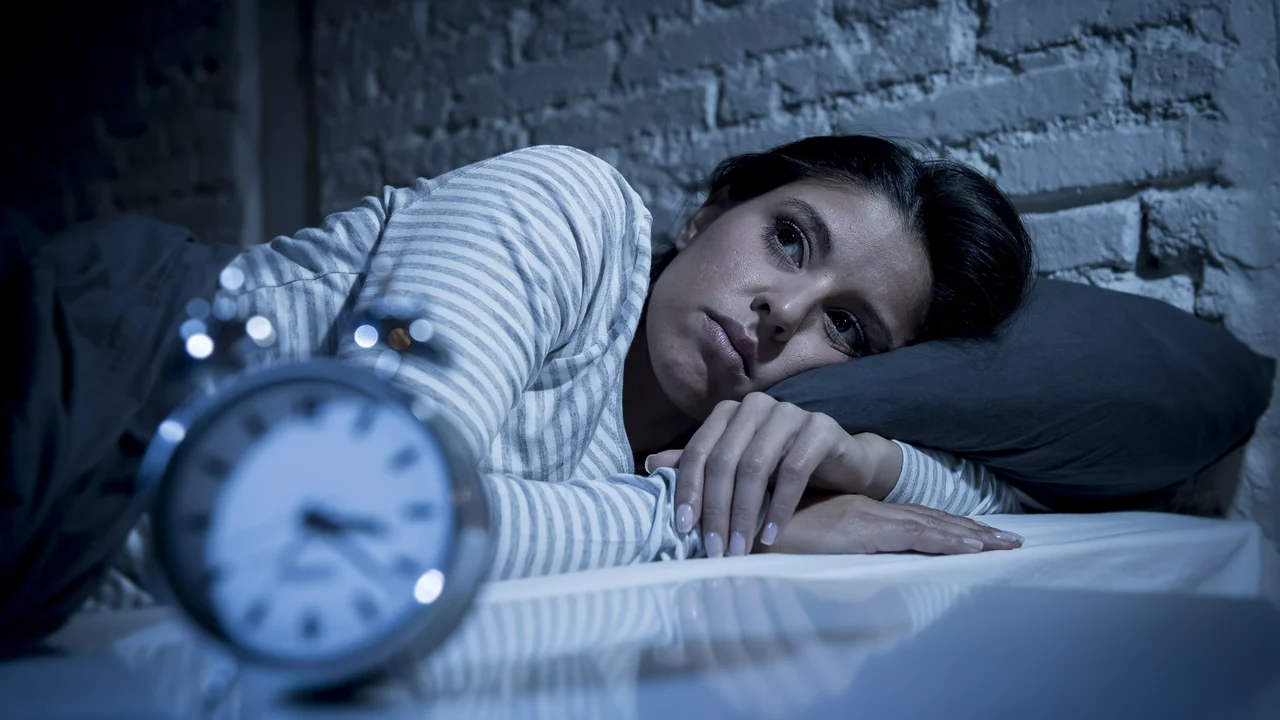Struggling to sleep? You’re not lazy — sleep follows rules you can learn. This page breaks the science into plain, useful steps: how sleep works, daily habits that matter, and safe ways to use sleep aids when you need them.
Your body cycles through light sleep, deep sleep, and REM sleep roughly every 90 minutes. Deep sleep restores your body; REM helps memory and mood. Two systems control sleep: a 24-hour clock (circadian rhythm) and sleep pressure, which builds the longer you’re awake. Light exposure sets the clock; time awake builds pressure. Tweak those two and you change how well you sleep.
Morning light within 30–60 minutes of waking helps set your rhythm. Short naps (under 20 minutes) can boost alertness without wrecking night sleep. If you snore loudly, wake gasping, or feel very sleepy by day despite 7–9 hours in bed, ask your doctor about sleep apnea — that needs medical testing.
Start with habits. Go to bed and wake up at the same time, even on weekends. Cut caffeine in the afternoon — a good rule is no caffeine after 2pm. Dim screens an hour before bed or use blue-light filters. Make the bedroom cool, dark, and quiet. If your mind races, write a 5-minute to-do list before bed so worries don’t follow you onto the pillow.
Behavioral treatment works. Cognitive Behavioral Therapy for Insomnia (CBT-I) is the recommended first-line therapy for chronic insomnia. CBT-I helps with sleep timing, reducing time awake in bed, and changing unhelpful thoughts about sleep. It often beats long-term medication for lasting results.
When meds make sense: short-term medications can help during stressful periods or as a bridge while you work on habits. Common prescription options include Z-drugs (like zolpidem), short-term benzodiazepines, and low-dose sedating antidepressants such as doxepin. Use them under a doctor’s guidance and for the shortest time needed. Never mix sedatives with alcohol. For occasional use, melatonin is a low-risk option: common doses are 0.5–3 mg taken 30–60 minutes before bed. Start low and check with your doctor if you take other meds.
Small sleep fixes matter: exercise earlier in the day, avoid heavy meals within two hours of bed, limit liquids before sleep, and keep naps short. If poor sleep lasts more than a few weeks or you have daytime problems, see a clinician — some sleep problems need tests or specialist care.
Want quick help? Pick one habit to change this week — consistent wake time or cutting late caffeine — and build from there. Science shows small, steady changes beat big overnight fixes every time.

In my latest blog, we explored the fascinating science behind sleep and the detrimental effects sleep disorders can have on our health. We delved into the intricate processes our bodies undergo during sleep, and how disruptions to this can lead to a variety of health issues. We learned that sleep disorders can cause cognitive impairment, mood swings, and chronic health problems. Moreover, we discussed various types of sleep disorders and their potential remedies. Finally, we emphasized the importance of seeking professional help if you suffer from a sleep disorder.
More